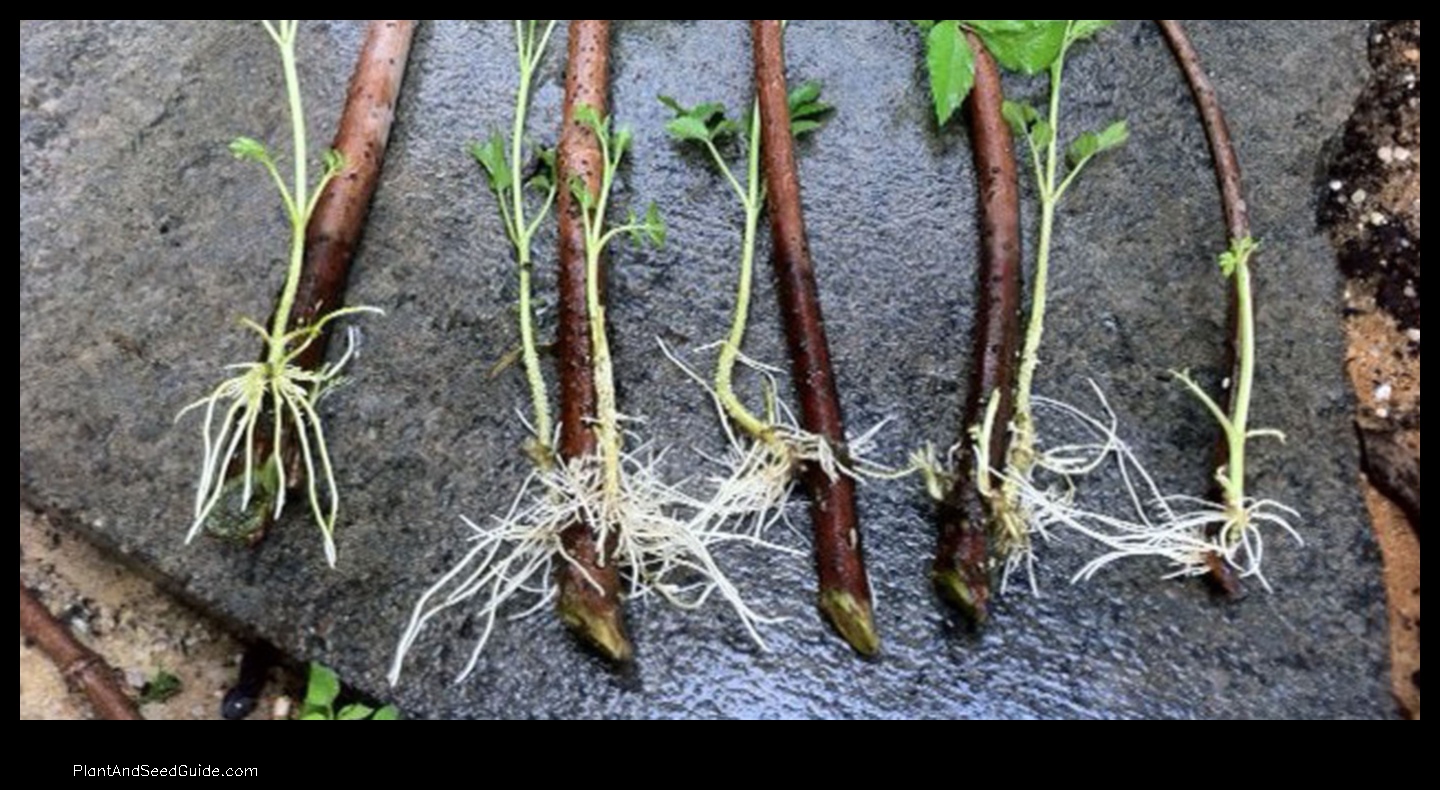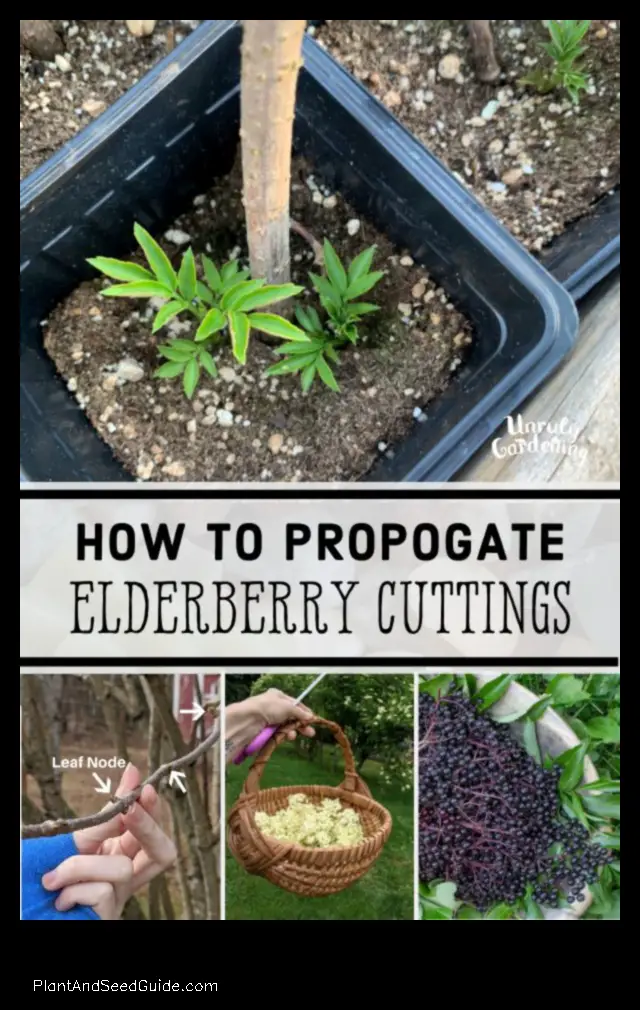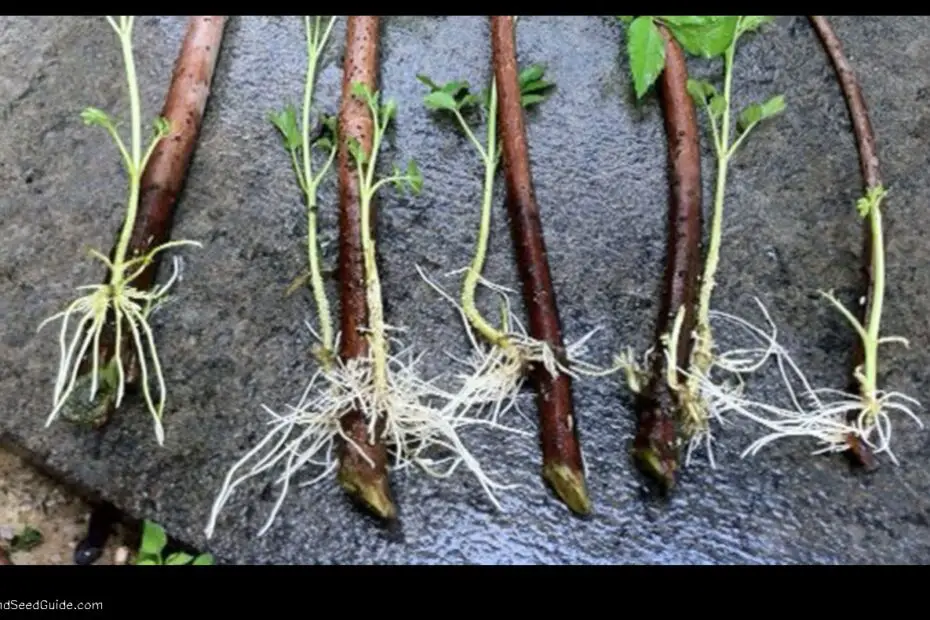
Where to Plant Elderberry Cuttings
Elderberry cuttings can be planted in a variety of locations, but the best place will depend on the climate and soil conditions in your area.
Ideally, elderberries should be planted in full sun, but they can tolerate partial shade. They grow best in moist, well-drained soil that is rich in organic matter.
If you live in a cold climate, it is important to choose a sheltered location for your elderberry cuttings. They are hardy to USDA Zone 3, but they can be damaged by frost if they are planted in an exposed location.
Elderberries can be propagated by stem cuttings, root cuttings, or layering. Stem cuttings are the most common method of propagation. To take a stem cutting, cut a healthy stem from a mature elderberry bush in the early spring. The cutting should be about 6 inches long and have at least two nodes.
Remove the leaves from the bottom half of the cutting and dip the cut end in rooting hormone.
Keep the soil moist and the cutting in a warm, sunny location. The cutting should root in about 6 weeks.Plant the cutting in a pot filled with moist potting soil..
Once the cutting has rooted, it can be transplanted to the garden. Elderberries should be spaced about 6 feet apart.
Elderberries are relatively easy to care for. They require regular watering, especially during dry periods. They should also be fertilized in the spring and fall.
Elderberrie
s are not typically bothered by pests or diseases. However, they can be susceptible to powdery mildew and aphids. If you notice any problems, you can treat them with organic pesticides or fungicides.Elderberries are a beautiful and versatile plant that can be used for a variety of purposes. They can be used to make jams, jellies, and wine. The leaves and flowers can be used to make tea. And the bark can be used to make medicinal remedies.
If you are looking for a beautiful and easy-to-care-for plant, consider planting elderberries in your garden.
| Topic | Answer |
|---|---|
| Elderberry cutting | A cutting is a piece of stem that has been removed from a plant and is used to propagate a new plant. |
| Planting elderberries | Elderberries can be planted in the spring or fall. |
| Elderberries | Elderberries are a type of berry that grows on a shrub or small tree. |
| Elderberry bush | An elderberry bush is a shrub or small tree that produces elderberries. |
| Elderberry location | Elderberries can be grown in a variety of locations, but they do best in full sun and well-drained soil. |

deal Climate for Elderberries
Elderberries are native to temperate regions of the Northern Hemisphere, and they can be grown in a variety of climates.
Elderberries can tolerate a wide range of soil conditions, but they prefer well-drained soil that is rich in organic matter. They also need full sun to produce a good crop of berries.However, they do best in areas with cool summers and mild winters..
Soil Requirements for Elderberries
Elderberries grow best in well-drained, fertile soil with a pH of 6.0 to 6.5. They are not tolerant of drought or soggy soil, so it is important to make sure that the soil is well-drained. If you are planting elderberries in a clay soil, it is important to add plenty of organic matter to improve drainage. Elderberries also benefit from a regular fertilization schedule.


